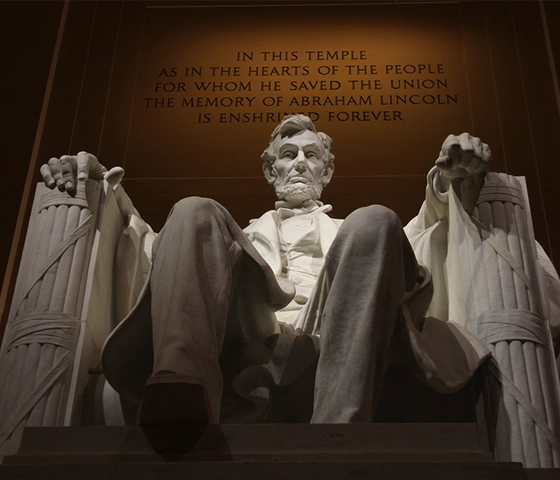
Presidents & the Constitution
Welcome to Presidents & the Constitution!
Presidents & the Constitution provides a comprehensive study of the presidency. The topics examine constitutional principles and how the executive fits into the national government in its relationship to the other branches. Presidential powers are covered extensively and include executive power within a federal system, war-making powers, diplomacy, and law enforcement.
Learning Objectives
Upon completion of this course, you will be able to:
- Evaluate the use of federal power over time.
- Assess presidents’ abilities to meet the founding principles of equality and liberty.
- Assess presidential actions in relation to their Constitutional role.
- Evaluate the instructional resources within the context of your classroom demographics.
